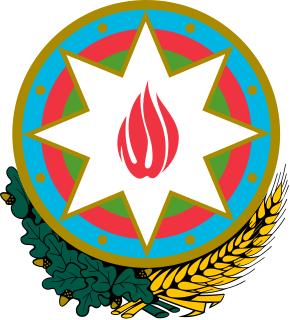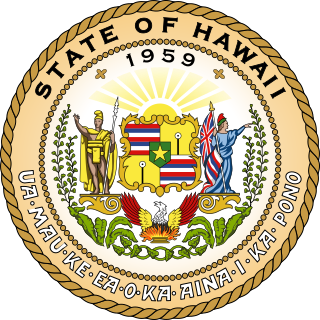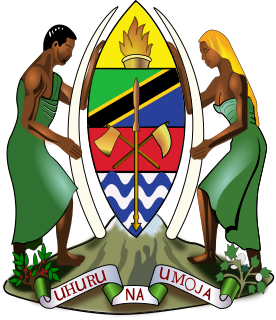 W
WThe coat of arms of the Republic of Adygea, a federal subject of Russia, was adopted on May 24, 1994. It is registered as №163 in the Heraldic Register of the Russian Federation.
 W
WThe state emblem of Azerbaijan mixes traditional and modern symbols. The focal point of the emblem is a stylized flame. The flame is in the shape of the word "Allah" written in Arabic to represent the country's majority-Muslim population. As well as a reference to Azerbaijan's eternal natural oil-gas resources, which has given it the nickname "land of eternal fire".
 W
WThe coat of arms of the London Borough of Barking and Dagenham is the official coat of arms of the London Borough of Barking and Dagenham, granted on 1 September 1965.
 W
WThe coat of arms of the British Antarctic Territory was first granted in 1952, when the territory was still a dependency of the Falkland Islands.
 W
WThe coat of arms of the British Virgin Islands was first granted in 1960.
 W
WThe coat of arms of Buzău is the heraldic symbol standing for the city of Buzău, Romania. The city's first recorded coat of arms dates back to 1831, and since then, the coat of arms has mostly kept its features, under different designs.
 W
WThe national emblem of Cape Verde contains a circle within which is written the name of the nation in Portuguese. Within the circle are a torch and triangle, symbols of freedom and national unity. At the top of the shield is a plumbob, a symbol of righteousness; three chain links are at the bottom. This emblem replaces the earlier variant with the seashell that had been in use since independence. The current emblem was adopted in 1992.
 W
WThe coat of arms of the Republic of the Congo has a shield with a rampant red lion holding a torch. The background color of the shield is gold with a green, wavy, horizontal stripe along the middle. A golden crown sits above the shield. Two large African elephants support the shield. A banner with the national motto "Unité Travail Progrès" is draped from a bar supporting the elephants. The arms were adopted in 1960 and readopted in 1991 after having been replaced with a simpler, unheraldic symbol during the People's Republic of the Congo era from 1970–1991.
 W
WThe coat of arms of Edmonton was granted on 28 October 1994.
 W
WThe Great Seal of the State of Hawaii was designated officially by Act 272 of the 1959 Territorial Legislature and is based on the territorial seal. Modifications to the territorial seal included the use of the words "State of Hawaii" at the top and "1959" within the circle. Provisions for a seal for the state of Hawaii were enacted by the Territorial Legislature and approved by Governor William F. Quinn on June 8, 1959. The passage of the Admission Act in 1959, admitted Hawaii as the 50th State of the United States of America on August 21, 1959.
 W
WThe coat of arms of King's College London in London, England, are blazoned: on a Pale Azure between two Lions rampant respectant Gules an Anchor Gold ensigned by a Royal Crown proper on a Chief Argent an Ancient Lamp proper inflamed Gold between two Blazing Hearths also proper.
 W
WThe heraldic ensigns of the Ministry of Internal Affairs consist of the following elements: large blue shield with a crusader golden eagle, having its head turned to the right, red peak and claws, open wings, holding a silver sword in its right claw; the green olive branch, symbolizing peace and order, replacing the mace from the coat of arms of the country; the small shield, placed on the eagle's chest, having five sectors which symbolize the most important structures of the ministry; at the bottom of the external shield, on a white scarf, the motto of the ministry is written in black: Latin: PRO PATRIA ET ORDINE IURIS, meaning "For the country and for the lawful order". The first sector represents the General Inspectorate of Romanian Police, the second sector includes the heraldic ensigns of the General Inspectorate for Emergency Situations, the third sector contains the ensigns of the General Inspectorate of Border Police, the fourth sector represents the General Inspectorate of Romanian Gendarmerie, the fifth sector represents the Administration, and the sixth sector contains the emblem of the National Archives.
 W
WThe Saint Kitts and Nevis coat of arms was adopted in 1983 and possesses the motto "Country Above Self". The previous coat of arms, adopted in 1967 by the colony of Saint Christopher-Nevis-Anguilla, was nearly identical, except for coloration and the motto "Unity in Trinity".
 W
WThe Saint Lucian coat of arms was designed by Sydney Bagshaw in 1967 and was adopted during pre-independence at the time of internal self-government. The national motto is found at the bottom.
 W
WThe coat of arms or national seal of Saint Vincent and the Grenadines is surmounted by a cotton plant and bears the text "Peace and Justice" in Latin. The centerpiece is based on the colonial badge in use from 1907 to 1979 and features two women in classical Roman dress. The one on the heraldic right stands holding an olive branch and the one on the left holds scales of justice and kneels before a gold altar situated between them.
 W
WThe coat of arms of Sierra Leone, were developed by the College of Arms and granted in 1960.
 W
WThe coat of arms of South Georgia and the South Sandwich Islands was granted in 1985, upon the creation of the territory. Prior to 1985, South Georgia and the South Sandwich Islands were a dependency of the Falkland Islands, and used their coat of arms. However, prior to 1962, the islands were grouped with what is now the British Antarctic Territory and their coat of arms was used instead of the Falkland Islands’ arms.
 W
WThe coat of arms of Tanzania comprises a warrior's shield which bears a golden portion on the upper part followed underneath by the flag of Tanzania. It was designed by Mr Jeremiah Wisdom Kabati, at Bwiru, Mwanza in 1961.
 W
WThe Coat of arms of Tolima is the coat of arms of the Colombian Department of Tolima. The emblem was adopted by Law of December 7, 1815 ordained by the United Chambers of the Mariquita Province and sanctioned by José León Armero, the governor and general in command. In 1861 the coat of arms was adopted for the Sovereign State of Tolima by Decree of April 12 of the same year by General Tomas Cipriano de Mosquera and officially established on September 7.
 W
WThe coat of arms of the West Indies Federation was used between 1958 and 1962. The background of the shield bore four equally spaced narrow white stripes with a ten orange-gold discs representing each island grouping, undulating horizontally across a blue field representing the Caribbean Sea and the sun shining upon the waves. These devices were based upon the flag originally designed by Edna Manley. A triangle is superimposed on the shield, and the shield is topped by a British lion. The scroll beneath proclaims To Dwell Together In Unity. The shield is supported on either side by the country's national bird, the pelican, with wings extended. Above this is a helmet topped with a flaming torch held by an upright arm. The torch signifies a beacon to light a path.
 W
WThe emblem of Yugoslavia featured six torches, surrounded by wheat with a red star at its top, and burning together in one flame; this represented the brotherhood and unity of the six federal republics forming Yugoslavia: Bosnia and Herzegovina, Croatia, Macedonia, Montenegro, Serbia and Slovenia. The date imprinted was 29 November 1943, the day the Anti-Fascist Council for the National Liberation of Yugoslavia (AVNOJ) met in Jajce on its second meeting and formed the basis for post-war organisation of the country, establishing a federal republic. This day was celebrated as Republic Day after the establishment of the republic. The emblem of Yugoslavia, along with those of its constituent republics, are an example of socialist heraldry.